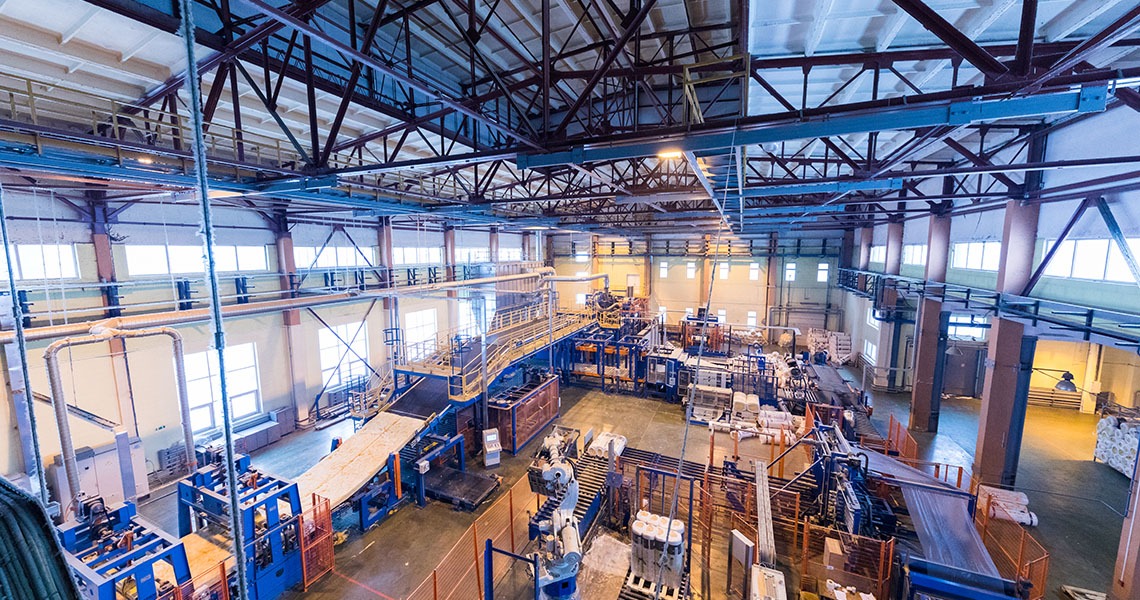The European Commission, through its Directorate-General for Research and Innovation, recently published a paper on how Industry must change its approach and move towards a human-centered, or Human Centric, approach.
In it, Industry 5.0 is defined as a new concept, from which a collaborative and co-creative vision of the industry of the future can be developed in Europe.
Industry 5.0 will be defined by a redefined and expanded purpose, which will go beyond production for profit. This purpose will be broader, consisting of three fundamental elements: a human-centered approach, resilience and sustainability.
Industry 5.0 and the Human Centric Approach
A human-centric approach in industry places fundamental human needs and interests at the center of the production process, rather than taking the emerging technology as a starting point and examining its potential to increase efficiency.
That is, we ask what the technology can do for us, rather than asking what we can do with the new technology. Instead of asking the industry worker to adapt his or her skills to the needs of a rapidly evolving technology, we want to use technology to adapt the production process to the needs of the worker.
At Zerintia Technologies we have been working for years on the Connected Employee paradigm, which, in its definition, is very close to the ‘Human Centric’ concept of Industry 5.0: technology applied to Industry allows to integrate and orchestrate the physical, logical and human elements of the industrial company by making available to employees and managers the necessary information to do their job better, thanks to Wearables, IoT and Augmented Reality technologies.
Sustainability and resilience
Industry must be sustainable. It is mandatory to develop circular processes that recycle and reuse natural resources, reduce waste and minimize environmental impact.
For its part, resilience refers to the need to develop a higher degree of robustness in industrial production, having a better response against disruptions and ensuring that it can provide and support critical infrastructures in times of crisis.
For Industry 5.0, as discussed in this article, an important prerequisite is that technology is at the service of people, not the other way around. This means that the technology used in manufacturing is adapted to the diversity of the industry’s workers and needs, rather than having to continually adapt the worker to a constantly evolving technology.
To make the worker more empowered and the work environment more inclusive, workers must be closely involved in the design and deployment of new industrial technologies.



